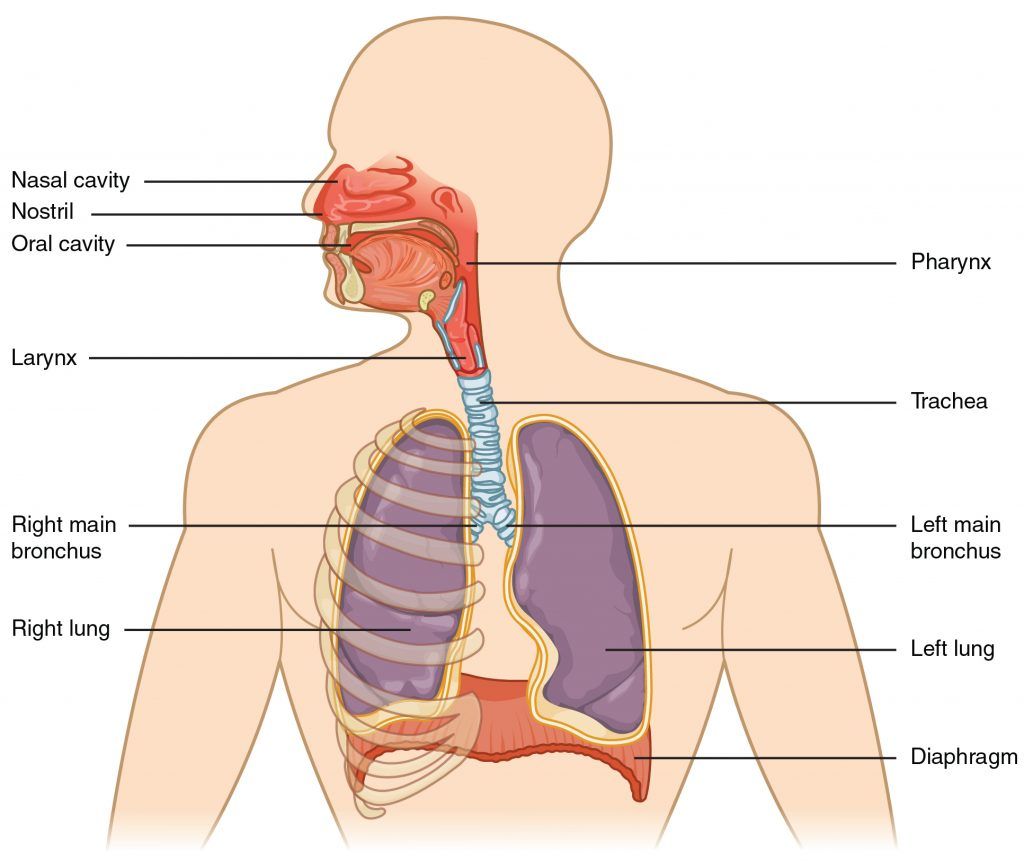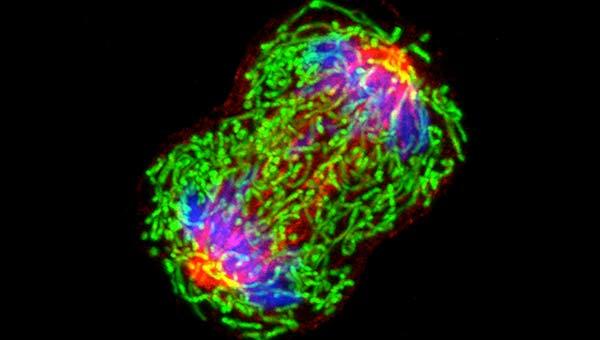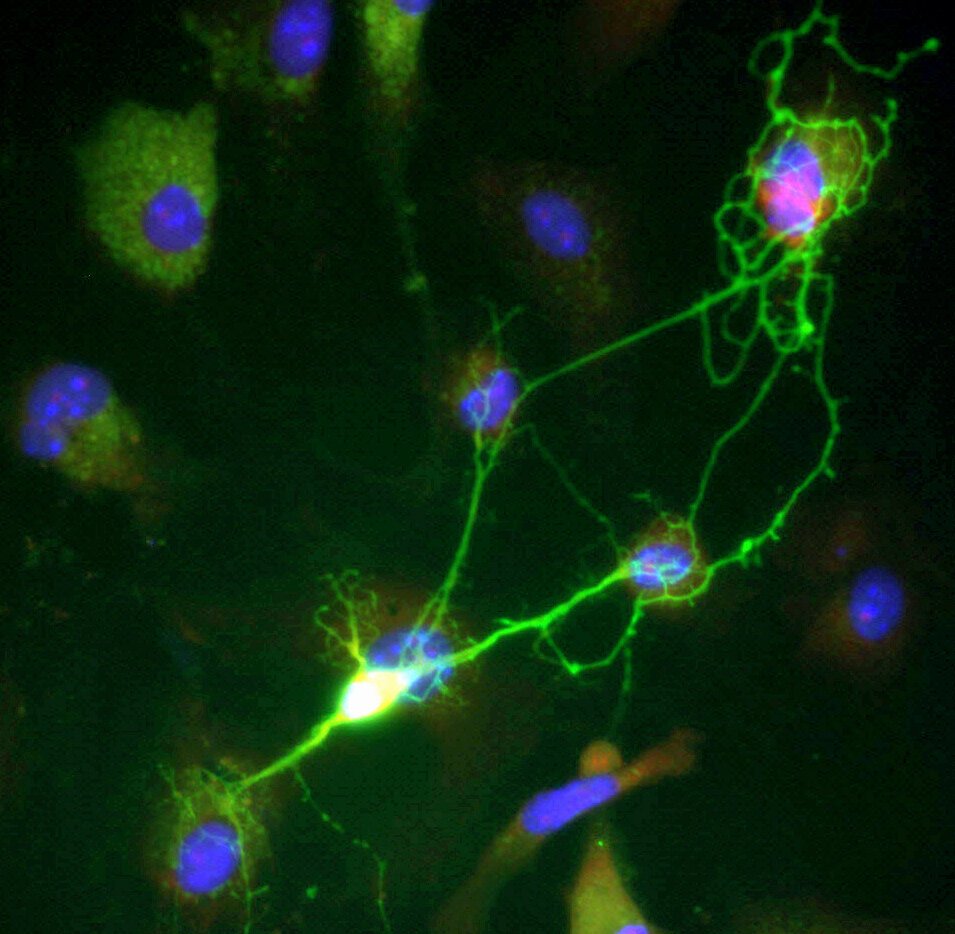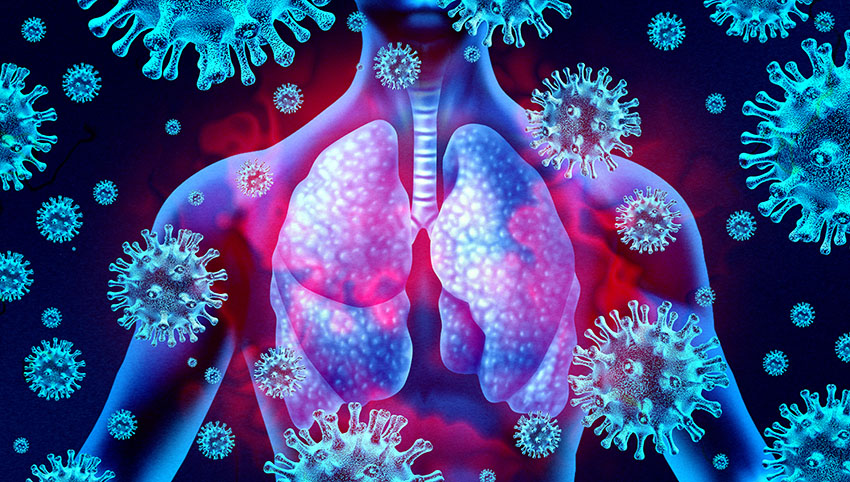Breathing is something we do thousands of times each day without thinking. It happens so seamlessly that we rarely stop to marvel at the remarkable machinery behind it. Yet behind every breath lies one of the most intricate and vital systems of the human body: the respiratory system.
The respiratory system is far more than just lungs. It’s an elaborate network of organs and tissues that orchestrates a delicate balance between the external world and our internal needs. Every inhale draws in oxygen, the fuel of life, and every exhale releases carbon dioxide, a metabolic waste. This rhythmic exchange sustains every cell, tissue, and organ in the body.
But the story of the respiratory system is not just biological—it’s evolutionary, mechanical, and deeply intertwined with how we live, move, think, and feel. From the high notes of opera singers to the rapid gasps of athletes, from the calm breaths of meditation to the labored breathing of illness, this system reflects and affects every aspect of human life.
In this journey, we’ll explore the respiratory system in its entirety—from anatomy and physiology to the microscopic dance of gas exchange, and from its developmental roots in the womb to the diseases that challenge it. Let’s take a deep breath and dive in.
The Blueprint: Anatomy of the Respiratory System
To understand the function of the respiratory system, we must first know its structure. This complex system can be divided into two main parts: the upper and lower respiratory tracts.
The upper respiratory tract includes the nose, nasal cavity, sinuses, and pharynx (throat). These structures are responsible for filtering, warming, and humidifying the air we breathe.
The lower respiratory tract begins with the larynx (voice box), followed by the trachea (windpipe), bronchi (airway branches), bronchioles (smaller branches), and finally the alveoli—the tiny air sacs where gas exchange occurs.
The nose and nasal cavity act as the primary entry point for air. With their mucous membranes and tiny hairs called cilia, they trap dust, microbes, and pollutants, preventing them from reaching the lungs. Additionally, the nasal passages warm and humidify the air to protect the delicate tissues further down.
The pharynx and larynx serve as junctions and gateways. The pharynx channels air from the nose to the larynx and also connects with the esophagus for food passage. The larynx not only ensures that air enters the correct passage (thanks to the epiglottis) but also houses the vocal cords, enabling speech.
The trachea is a sturdy, tube-like structure reinforced with cartilage rings. It keeps the airway open and guides the air toward the lungs.
Once in the lungs, the trachea splits into two bronchi, each leading to one lung. These bronchi branch further into bronchioles, and ultimately end in clusters of alveoli—tiny sacs surrounded by capillaries. This is the respiratory system’s inner sanctum, where the most critical process—gas exchange—takes place.
The Marvel of Alveoli: Where Oxygen Meets the Blood
The human lungs contain an estimated 300 to 600 million alveoli. If spread out, their surface area would cover more than 70 square meters—roughly the size of a tennis court. This expansive surface is essential for efficiently exchanging gases with the bloodstream.
Each alveolus is a microscopic air sac lined with a thin layer of epithelial cells and coated with a surfactant, a chemical that reduces surface tension and prevents collapse. Surrounding each alveolus is a dense network of capillaries.
When we inhale, oxygen-rich air fills the alveoli. Through a process called diffusion, oxygen molecules pass through the thin alveolar walls into the capillaries, where they bind to hemoglobin in red blood cells. Simultaneously, carbon dioxide—produced as a waste product by body cells—diffuses from the blood into the alveoli to be exhaled.
This gas exchange is passive, requiring no energy, but it is astonishingly efficient. It is here, in these quiet microscopic exchanges, that life is truly sustained.
The Mechanics of Breathing: Inspiration and Expiration
Breathing isn’t just about having lungs—it’s about how those lungs fill and empty. This is accomplished by the muscles of respiration, primarily the diaphragm and the intercostal muscles between the ribs.
When we inhale, the diaphragm contracts and moves downward, while the external intercostal muscles lift the rib cage. This expansion creates a vacuum, lowering the pressure inside the thoracic cavity. Air rushes in to fill the space.
When we exhale, the diaphragm and muscles relax, reducing the volume of the thoracic cavity and increasing pressure, pushing air out of the lungs.
This process, called pulmonary ventilation, happens around 12 to 20 times per minute in a resting adult. It’s governed both voluntarily—as when we hold our breath or sing—and involuntarily, controlled by the respiratory centers of the brainstem.
These centers respond to carbon dioxide levels in the blood, increasing or decreasing the respiratory rate to maintain balance. It’s a beautiful feedback system that works seamlessly throughout life.
The Chemistry of Respiration: Oxygen, Carbon Dioxide, and pH
At the heart of the respiratory system is a delicate balancing act—not just moving gases, but maintaining proper acid-base balance in the body.
Carbon dioxide dissolves in the blood to form carbonic acid, which can influence the blood’s pH. If too much CO₂ builds up, the blood becomes acidic—a condition called respiratory acidosis. If too little CO₂ is present, the blood becomes too basic, leading to respiratory alkalosis.
The body monitors CO₂ levels more closely than oxygen, using chemoreceptors in the brain and blood vessels. These sensors send signals to adjust breathing rate and depth, ensuring pH remains around the ideal 7.4.
This precise chemical regulation shows just how vital breathing is—not only for oxygen delivery but for maintaining the internal environment in which all biochemical reactions occur.
The Respiratory System Through the Lifespan
The respiratory system is one of the first systems to become functional after birth and one of the last to fail at death. But it changes significantly throughout life.
In the womb, the lungs are filled with fluid, and gas exchange occurs via the placenta. It isn’t until the first breath after birth that the lungs inflate and take over their role.
In childhood, the lungs grow rapidly, and the airways widen. Children breathe faster than adults, reflecting their higher metabolic needs.
In adulthood, lung function peaks around age 20–25, then slowly declines with age. Elasticity decreases, airways stiffen, and gas exchange becomes less efficient.
In old age, respiratory diseases become more common, and immunity declines. The ability to clear mucus and resist infection weakens, making conditions like pneumonia more dangerous.
Despite this decline, many older adults maintain excellent lung function through lifestyle choices—especially avoiding smoking, exercising regularly, and breathing clean air.
Disease and Dysfunction: When Breathing Goes Wrong
No system is immune to disease, and the respiratory system is especially vulnerable due to its direct exposure to the environment.
Asthma is a chronic condition characterized by inflammation and narrowing of the airways, often triggered by allergens or irritants. It causes wheezing, coughing, and breathlessness.
Chronic obstructive pulmonary disease (COPD), which includes chronic bronchitis and emphysema, is often caused by long-term exposure to pollutants or smoking. It leads to progressive loss of lung function.
Pneumonia is an infection that inflames the alveoli, often filling them with fluid. It can be caused by bacteria, viruses, or fungi, and can be life-threatening—especially in the very young or very old.
Tuberculosis, a bacterial disease caused by Mycobacterium tuberculosis, can lie dormant for years before causing severe lung damage.
Lung cancer, often linked to smoking, is one of the deadliest cancers due to its aggressive nature and difficulty of early detection.
Other disorders include pulmonary fibrosis (scarring of lung tissue), sleep apnea (interrupted breathing during sleep), and cystic fibrosis, a genetic disorder causing thick mucus that clogs airways.
Advances in medicine have improved diagnosis and treatment, but prevention remains key: avoiding smoke, pollutants, and infections goes a long way in preserving respiratory health.
The Breath and the Brain: Respiratory Influence on Emotion and Thought
Breathing is deeply connected not just to survival, but to emotion and cognition.
When we’re anxious, our breathing becomes shallow and rapid. When calm, it slows and deepens. This link between breath and mood is no coincidence—it’s hardwired.
The vagus nerve, which runs from the brain to the gut, mediates part of this connection. Deep, diaphragmatic breathing activates the parasympathetic nervous system, promoting relaxation, reducing heart rate, and calming the mind.
This has profound implications. Mindful breathing is the cornerstone of meditation, yoga, and stress reduction techniques. It’s also being integrated into therapies for trauma, anxiety, depression, and even chronic pain.
In essence, the respiratory system serves as a bridge between body and mind, a lever we can consciously use to influence how we feel and function.
Human Evolution and the Respiratory System
The respiratory system as we know it is the result of millions of years of evolution.
Our distant aquatic ancestors used gills to extract oxygen from water. As vertebrates moved onto land, lungs evolved to suit terrestrial life. The diaphragm appeared in mammals, increasing breathing efficiency.
Humans further adapted through bipedalism, freeing the upper body and allowing for more sophisticated breathing control. This not only enhanced endurance but enabled speech, one of humanity’s defining traits.
Moreover, populations at high altitudes—like Tibetans or Andeans—have evolved unique respiratory adaptations, including greater lung capacity or more efficient oxygen use.
Evolution has sculpted our lungs not just for function, but for expression. Singing, shouting, laughing—these are all variations of controlled respiration, deeply tied to culture, identity, and communication.
Breathing in Art, Culture, and Religion
Breath has held symbolic significance in nearly every culture.
In Hindu philosophy, prana is the life force carried by breath. In Christianity, God’s breath gave life to Adam. In Chinese medicine, breath connects to qi, the vital energy. In yoga, breathing techniques (pranayama) are pathways to enlightenment.
Breath is also central in martial arts, public speaking, and performance arts. It influences timing, emotion, and power. In poetry and song, breath becomes rhythm and meaning.
Across time and place, humanity has revered the breath—not just as a biological act, but as something spiritual, transcendent, and sacred.
The Future of Breathing: Technology and Innovation
Science is pushing the boundaries of respiratory care and understanding.
Mechanical ventilation, once a crude and invasive process, is now highly sophisticated, saving millions of lives in ICUs worldwide. During the COVID-19 pandemic, ventilators became symbols of survival.
Artificial lungs and extracorporeal membrane oxygenation (ECMO) are being developed to support or even replace failing lungs temporarily.
Gene therapy is being tested for conditions like cystic fibrosis. Nanotechnology may one day deliver drugs directly to the alveoli. And regenerative medicine is exploring ways to grow lung tissue in the lab.
Furthermore, AI and wearable tech are revolutionizing respiratory monitoring, detecting problems before symptoms arise.
As our understanding deepens, we move closer to curing diseases once thought incurable—and to appreciating the respiratory system not just for its function, but for its wonder.
Conclusion: The Silent Symphony
The respiratory system is one of the most poetic in the human body. It is constant but unnoticed, vital yet silent. It bridges the internal and external worlds, sustains every cell, supports our voice, responds to our feelings, and reflects our health.
Every breath we take is a gift—an act of survival, a whisper of our evolutionary journey, and a reminder that life is, quite literally, in the air.
From the first gasp at birth to the last sigh at death, the respiratory system cradles us in its rhythm. And in every moment between, it breathes life into the symphony of our existence.






